Food52.com recently had us write a vignette about our first eye-opening trip to Uji, Japan. Read about how we fell in love with matcha, and where to find our favorite spots in the USA for a perfect Mizuba #MatchaMoment!
(also featured on SFGate.com)
---------------
With the growing popularity of matcha, the Japanese powdered green tea, it’s become easier to find cafes preparing any number of delicious, frothy drinks, and purveyors selling consumer-friendly tins. We recently spoke with lifelong tea fan Lauren Danson, whose high-quality Mizuba Tea Co. matcha can be found in the Food52 Shop, to see how her passion for the verdant powder came about during one fateful trip.
The tradition, trend, and thirst for matcha all started in Uji—for myself and, as it turns out, for Japan. The phenomenon began when the monk Saichō brought tea seeds over from Chinaaround 805 AD. More than 1208 years later, I experienced matcha’s allure for myself when I naively yet serendipitously hopped off from the Shinkansen bullet train at Uji station. The small town brimming with lush hills is—forgive me—steeped in tea lore and legend. Uji acts as one of the settings of the Tale of Genji. The town’s history gave rise to the nation’s iconic tea ceremony. And humbly, its tea-farming community constitutes the cherished relationships that Mizuba fosters to bring pure and farm-direct matcha to the West.
How did I find myself enamored with the bright, verdant green powder? I had tasted matcha once before, back in 2007; my younger brother brought a very small tin of it home one day. Without any background knowledge, we somehow thought to boil it in milk (was it good? Actually, yes, but I would never recommend that now). It was one of the many “aha” moments of enjoying an 800-year-old tea tradition in the modern era.
My first trip to Japan wasn’t to start a tea company at all. In 2013, I arrived in Japan to visit a family friend, and was quickly ushered to a kaiten sushi joint. Glistening ikura drifted by, melt-in-your mouth warabi mochi captivated my gaze, but what was that lone little tin, sitting next to a water spout on the table? Powdered wasabi? No, definitely not. Every table had its own little tin of… matcha! I knew what constituted an exceptional tea at that point in my life, so granted, the quality of the casual sushi joint offerings wasn’t mind-blowing; but what did blow my mind was that everyone had the opportunity to make their own cup right there at the table. I began looking for matcha everywhere I went.
Many cups of tea later, fast-forward to on a whim arriving in Uji. We were on our way back from Nara to Kyoto. At the last minute, as the train reached the station, I read in my guidebook, “Uji features some of the best green tea in Japan.” Okay. Given that tea has always been my mega-nerdy hobby, hoarder-status-collectible life’s passion, I needed to hop off the train. And in one afternoon, my life was changed.
I had absolutely no idea that by the banks of the rushing Ujigawa River lay countless tea shops, restaurants with tea noodles (cha-soba), and cafés brimming with every kind of matchadessert imaginable. I couldn’t possibly have prepared myself for the scent of fresh, powdered matcha that hit me and overtook my senses as I walked down the street. The aroma was undeniable—the first “aha” that I was in a special place. I grew giddier and giddier with the prospect of finding the home of bona fide, genuine, honest-to-goodness, top-quality matcha. But first, a small soft-serve shop at the end of the road caught my attention. We went in for a cone, and what I was handed was the most beautiful matcha swirl I have ever received. The soft serve itself was sprinkled liberally with pristine, vibrant matcha, and tasted like the pure soul of tea (except, in ice cream form). My first bite sealed it. The second “aha.” You would have thought it was an actual cup of tea, but no. That cone was the lightbulb that led me to think that I needed to bring this tea home.
That was my first trip to the country, and yes, I brought a lot of matcha home because I met a tea farmer, who shared with me the best cup of matcha I had ever had—the third “aha” moment. Now, we’ve been working together as Mizuba for the past four years. Since then, each of my travels to Japan brings a deeper understanding behind the tradition of matcha. There’s nothing more I can or want to share with the world about matcha than exactly what my farmers teach me and what we enjoy together. Yes, matcha is good for you. I won’t promise that it will help you lose 25 pounds, or it will keep your teeth clean, or that you’ll reach nirvana if you drink three cups a day. But I will 100 percent tell you drinking matcha is a beautiful experience. Drinking matcha can be a wonderful way to slow down. Drinking matcha (or any tea, for that matter) with people is wonderfully engaging, and one of my favorite excuses to have a conversation.
I can tell you that what you enjoy in your chawan tea bowl (or to-go cup from your favorite coffee shop) is the result of years of detailed, expertly observed agricultural practices, craft, culture, and care. Who would have thought to block sunlight from a growing plant? Well, quality matcha is kept under tarps for at least four weeks before harvest! Which thereby causes the plants to increase chlorophyll, catechins (super-antioxidants found in acai, blueberries, and pomegranates), and amino acids, most notably L-Theanine, in their leaves (and those are just the brief health stats!).
I can tell you that some of the Camellia sinensis (tea) plants that Mizuba sources from are planted literally next to the site where it’s said the first seeds in Uji were planted. Being able to share this matcha is a complete blessing and a gift, and as such, Mizuba hopes to impart just a taste of the larger, beautiful experience of Uji with you, the drinker. With every sip of Mizuba you take, you help continue to make Uji’s history as vibrant as the color of matcha itself.
Most of the year I’m at home, in Portland, Oregon. Do I drink other teas? Certainly (my first love was Constant Comment by Bigelow when I was 10 years old). Teas from Mariage Frèresopened my eyes to the entire world of tea when I was in high school, and college brought Yorkshire Gold as a staple in my house when I studied abroad in England. Meeting my husband brought a gamut of oolongs. I could start my morning with a sencha or Gyokuro my best friend in Japan sends me after breakfast, or end the day with a cup of mellow Kyobancha, if we’re not headed for the wine rack. Then there’s the fact my family owns Good Coffee here in town, and… well, my husband works for Stumptown! I guess we do love a solid cappuccino, too. The relationships behind every tea, and especially Mizuba matcha, make every cup I sip dear to my heart.
How to live the matcha lifestyle, if not at a kaiten sushi restaurant in Tokyo, or in the mountains of Uji? Here are just a few of my favorite places to grab matcha across the U.S., from coast to coast:
- The French Press (Santa Barbara, California)
- Portola Coffee Lab (Orange County, California)
- Bi-Rite Creamery (San Francisco, California): for Mizuba matcha ice cream!
- Tusk (Portland, Oregon): for sparkling Mizuba matcha made with mint or ginger
- Good Coffee (Portland, Oregon)
- 40 LBS (Portland, Oregon)
- Extracto (Portland, Oregon)
- The Sparrows Coffee Tea and Newsstand (Grand Rapids, Michigan)
- Reverie Roasters (Wichita, Kansas)
- Café Erzulie (Brooklyn, New York)
- Tea Drunk (New York, New York)
- Setsugekka Matcha (New York, New York)
When did you first fall in love with matcha? Share your favorite places to enjoy them in the comments below.


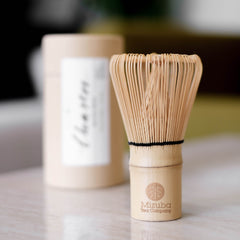
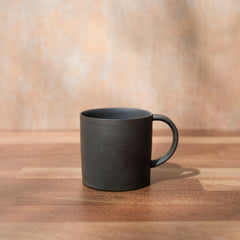
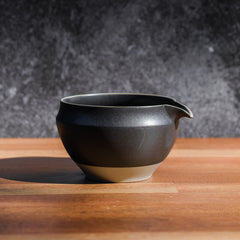
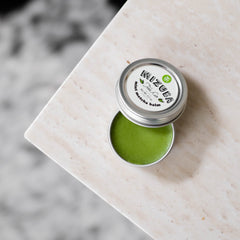
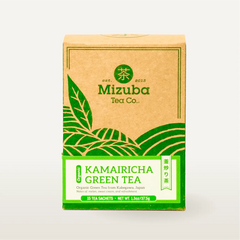
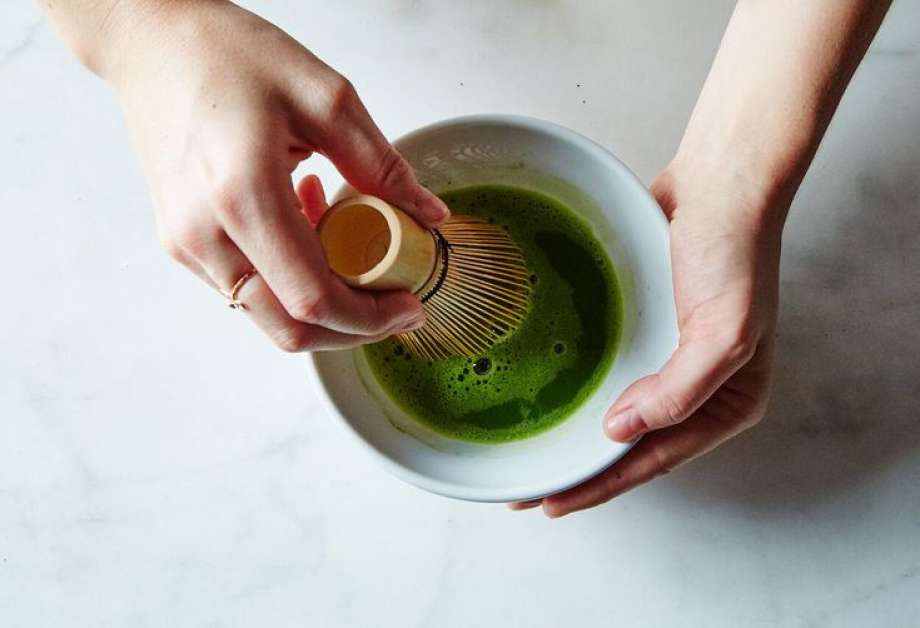
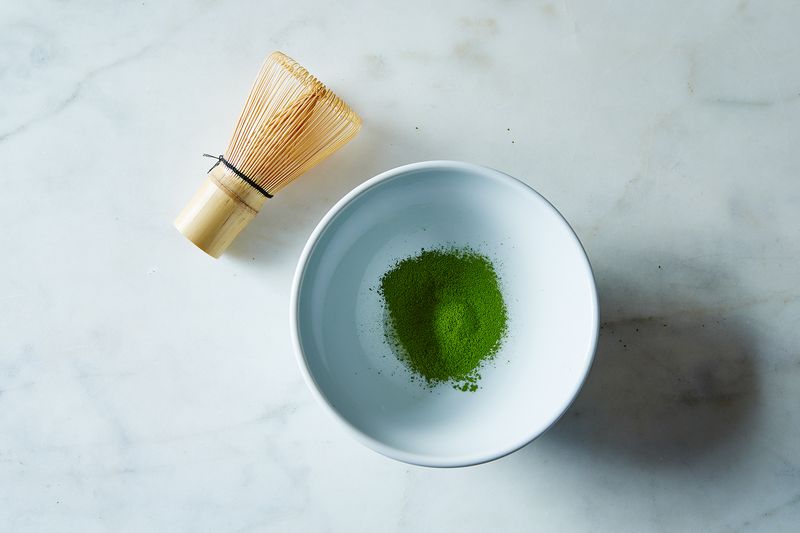
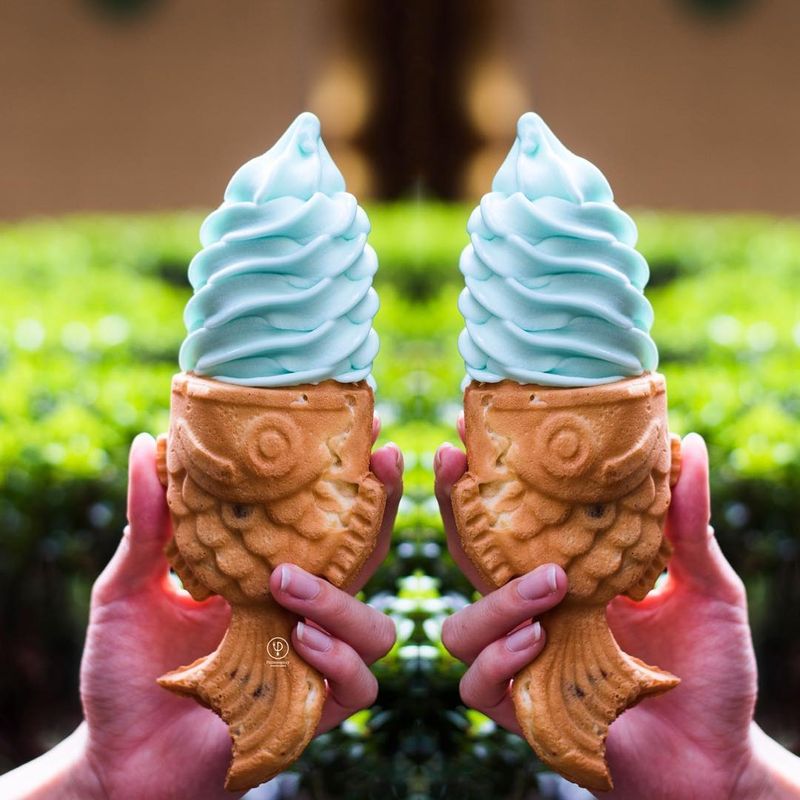
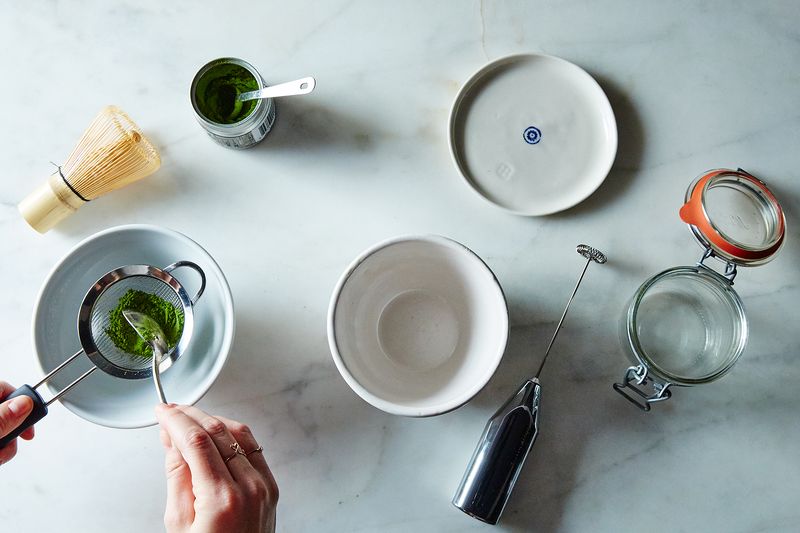
Leave a comment